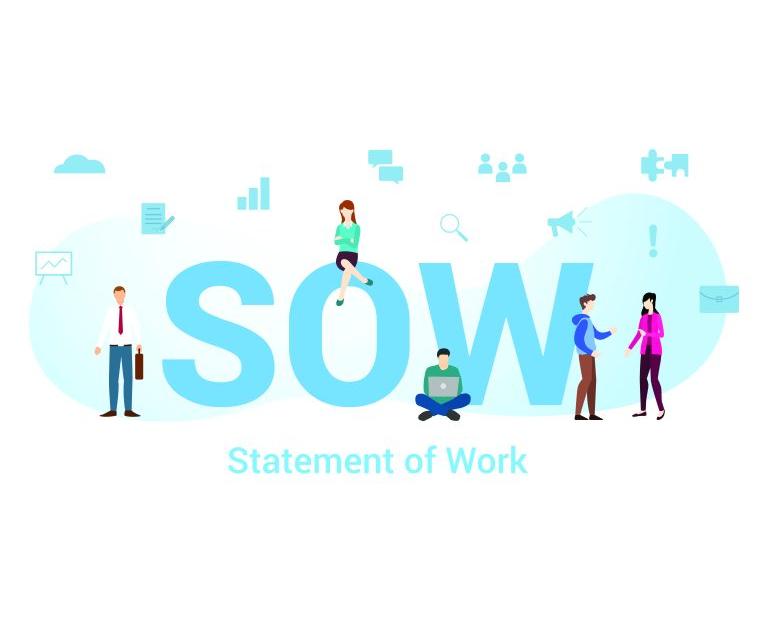The newly released Operating Practices Report compiled by TechServe Alliance, has some great lessons for anyone running a staffing company. In this particular blog, I will expose two of the more important measurements in an effort to drive the most profitability from your company.
The proper tracking and management of SG&A Expenses is critical to protecting profit. While each dollar eliminated from expenses drops directly to the bottom line, it is important to be aware that cutting expenses too deeply can ultimately shut your business down. So it is a careful combination of making sure that you manage gross profit, first and foremost, and then understand how and where to manage expenses.
- A healthy SG&A should consume roughly 15% – 18% of your revenue line. My goal was ultimately 15% although it varied month to month.
- As you will see in the OPR “High Profit” firms run on average 15.3%, whereas “Typical Firms” run 20.7%.
- And when you look at the difference in profitability between the two types of firms, a portion of it comes from a slightly more favorable GP (26.5% vs 27%) but the largest difference is in management of SG&A (15.3% vs 20.7%)
So where do you start? Begin by conducting a thorough, monthly review of your P&L, specifically in the categories that make up SG&A. By regularly reviewing where you are spending dollars and understanding your return on those dollars you will be able to identify misspending or overspending and improve your firms overall profitability. For instance, one such expense might be job boards. Cutting that cost all together would certainly improve your bottom line significantly…but only temporarily. Cutting all job boards could severely reduce your ability to make deals and therefore reduce your top line. But by regularly measuring what you spend for each job board subscription against the gross profit from placements made, you can quickly identify which ones are adding to your top line and which are not. This will also help when a request to add a new job board comes along. You can reallocate the monies spent on inefficient boards to pay for “better” sites, thus improving ROI.
The most important of all categories in the SG&A detail however is that of the “S”, or sales portion. That is the category that should include salaries, commissions, bonuses, benefits, and any other cost associated with putting a production person (sales, recruiter, etc.) to work. This is the biggest consumer of Gross Profit dollars. This is reflected in the OPR (page 2) as “Personnel Productivity Ratio”. It is sometimes referred to as Effective Compensation Rate (ECR).
What this will tell you is just how productive your people are. It can also signal if you might be overpaying people or underpaying people. A good benchmark for this percentage is anywhere between 25% and 45%. A good goal is to be 40% or less. The lower this number is the better…to a point. Anything over 45% says you are likely not getting enough productivity out of your production people – simply meaning, you are likely paying more to them than they are delivering to you. Conversely, being too low (20% or less) could signal that your compensation is below market rates, and thus making your good production people targets for other companies hiring them away from you.
In the OPR, the “High Profit Firms” average a PPR of 40%, where the “Typical Firms” average 55.8%. And if you look at that difference alone in real dollars (based on the gross margin dollars outlined for Typical Firms against High Profit firms) it accounts for nearly $500,000 of additional profit if you manage to the 40% level. What is often missed in the management of sales and recruiting output is your ROI on these people. It all starts with a very important measurement – how much of your gross profit dollars turn into profit.
- To calculate this, take your annual Profit Before Taxes (often referred to as EBITDA) and divide it by the annual Gross Profit dollars.
- On page 2 of the OPR, you can see that both “Typical Firms” (TF) and “High Profit Firms”(HPF) have roughly the same gross profit ($3,161,445 – TF vs $3,169,014 – HPF) but their EBITDA is significantly different ($680,009 – TF vs. $1,361,502 – HPF).
- This translates in to TF’s dropping 21.5% of their gross profit to the bottom line vs HPF dropping exactly double that amount to profit – 43%.
So going back to the ROI of your production people, assume a rep or recruiter drives $500,000 of GP with a salary of $60K and commissions of 10% of GP. They cost your organization $137,500 annually. ($60K + $50K commissions + $27,500 in total benes – assuming 25%) In a HPF, that $500,000 becomes $215,000 (43%) of profit vs your cost of $137,500 – making that person profitable to you. On the other hand, the TF only drops 21.5% of $500,000 or $107,500 in profit making that same individual “unprofitable”.
As you manage your P&L in these critical categories, make sure that you measure and drive the profitability of your people as well. If you need help, TechServe has a program designed to help you do just that.
Rick Carlson, Sales and Recruiting Management Program Director












